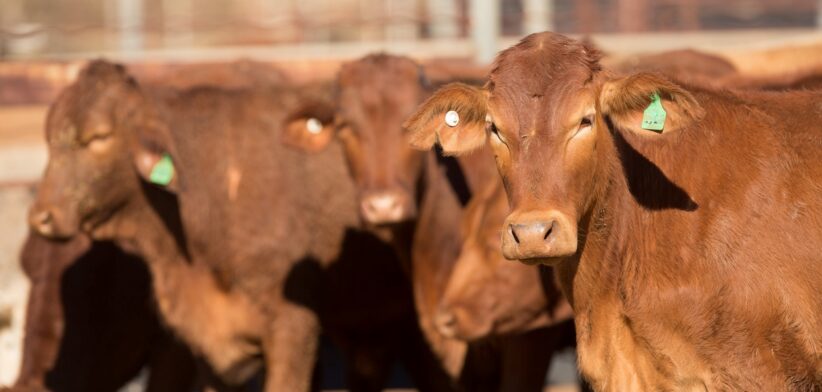Queensland’s beef and meat processing industries contributed more than a third of the $22 billion the agriculture sector delivered to the state’s economy last year.
New AgTrends figures released today show that despite challenges such as declining cattle prices, drier conditions and major natural disasters in 2023-24, the sector delivered $22.1 billion to the state coffers.
Agricultural Industry Development and Fisheries Minister Mark Furner said cattle and calves were the state’s highest-valued commodity in 2023-24, contributing $5.71 billion, while meat processing tipped in $2.40 billion.
Minister Furner said sugarcane was the third most valuable commodity with a contribution of $2.06 billion.
“Macadamias led the top five highest growing commodities in 2023-24, followed by chickpeas, sugarcane, apples and strawberries,” he said.
Minister Furner said the AgTrends data showed a promising year ahead, with the value of Queensland’s agricultural sector projected to boom to a second highest ever valuation of $23.56 billion in 2024-25.
He said the valuation remained higher than the five-year average and showcased the resilience of Queensland agriculture, with a corresponding supply chain value estimated at $33.88 billion.
Fast Facts:
Highest Gross Value of Production (GVP) in 2023-24 by Local Government Area (LGA) ($):
- Toowoomba: $1.27 billion.
- Western Downs: $951 million.
- Bundaberg: $899 million.
- Burdekin: $735 million.
- Cassowary Coast: $727 million.
Highest GVP growth in 2023-24 by LGA (%):
- Hinchinbrook: 29 percent.
- Douglas: 24 percent.
- Mackay: 23 percent.
- Burdekin: 19 percent.
- Cairns: 12 percent.
Highest commodities growth in 2023-24 (%):
- Macadamias: 86.3 percent.
- Chickpeas: 37.1 percent.
- Sugarcane: 32.7 percent.
- Sugar processing: 23.9 percent.
- Apples: 7.4 percent
For the latest AgTrends statistics visit the Department of Agriculture and Fisheries website.








